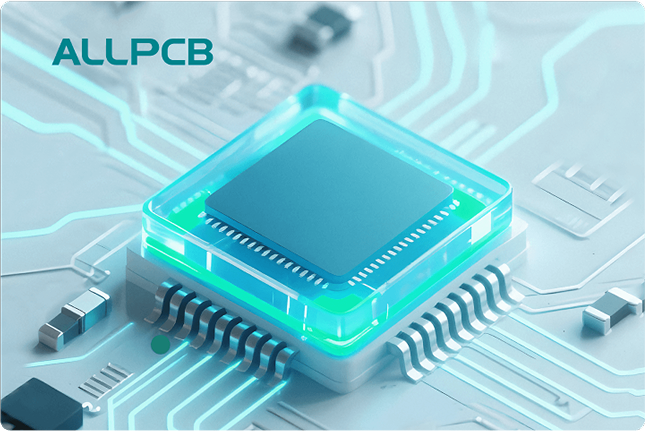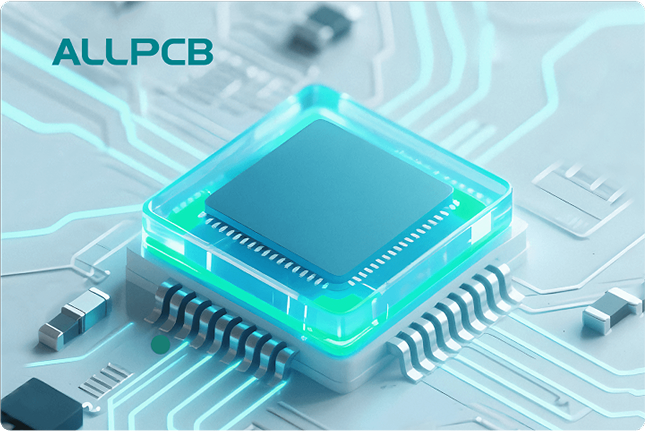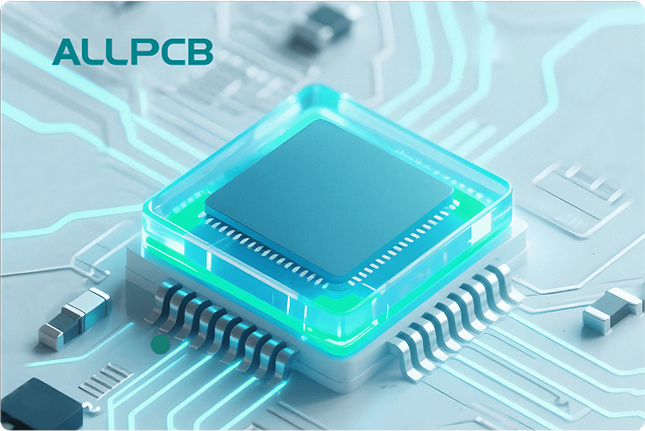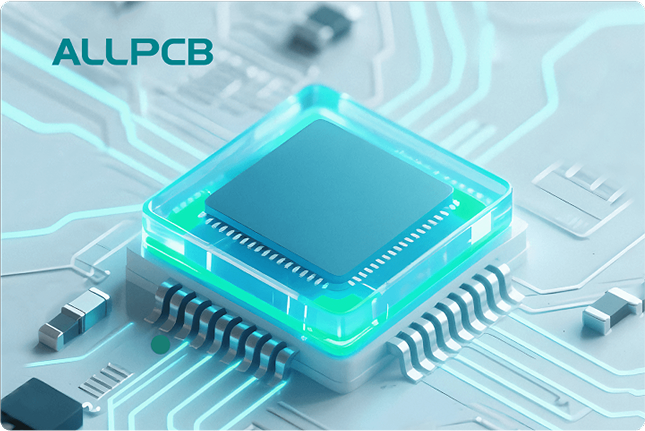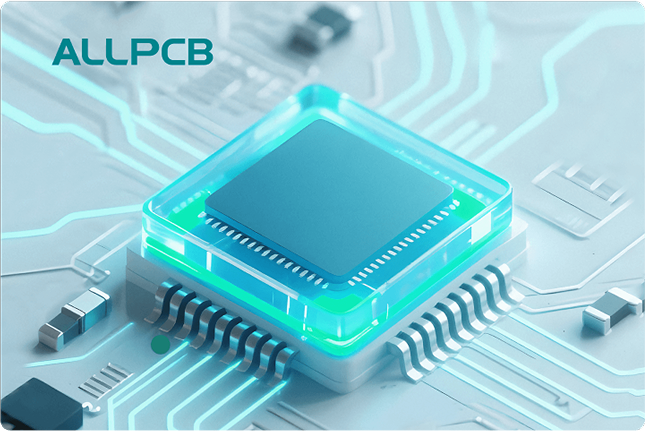In the world of electronics design, achieving power integrity in mixed-signal printed circuit boards (PCBs) is a critical challenge. If you're looking to minimize noise and ensure stability in your mixed-signal PCB designs, the key lies in managing the power delivery network (PDN) effectively, using proper grounding techniques, and implementing strategic layout practices. This blog post dives deep into the essentials of power integrity, offering practical tips and best practices to help you create reliable and high-performing mixed-signal PCBs. Whether you're dealing with analog and digital signals coexisting on the same board or tackling high-speed applications, we've got you covered with actionable insights.
What is Power Integrity and Why Does It Matter in Mixed-Signal PCBs?
Power integrity refers to the quality and stability of power supplied to components on a PCB. In mixed-signal designs, where analog and digital circuits share the same board, maintaining power integrity is especially important. Digital circuits often switch rapidly, creating noise that can interfere with sensitive analog components. Without proper power integrity, this noise can lead to signal distortion, data errors, or complete system failure.
Ensuring stability in the power supply is vital for both performance and reliability. A well-designed PDN minimizes voltage fluctuations and noise, providing a clean power source to all components. For mixed-signal PCBs, this means preventing digital noise from coupling into analog circuits, which could degrade signal quality. By focusing on power integrity, you can achieve noise minimization and stability, leading to better overall functionality.
Understanding the Challenges of Mixed-Signal PCB Design
Mixed-signal PCBs combine analog and digital circuits, each with unique power and noise requirements. Digital circuits, with their fast switching speeds (often exceeding 1 GHz in modern designs), generate high-frequency noise that can interfere with analog signals, which typically require low noise levels for accuracy. For example, an analog-to-digital converter (ADC) operating at a 12-bit resolution can lose precision if noise exceeds just a few millivolts.
The primary challenges include:
- Noise Coupling: Digital switching can induce noise in power and ground planes, affecting analog components.
- Ground Bounce: Sudden changes in current demand from digital circuits can cause voltage spikes in the ground plane, disrupting stability.
- Impedance Mismatches: Poor PDN design can lead to impedance issues, causing voltage drops or ripples, especially at high frequencies.
Addressing these challenges requires a focus on power integrity to ensure that both analog and digital domains operate without interference.
Key Techniques for Minimizing Noise in Mixed-Signal PCBs
Noise minimization is at the heart of power integrity in mixed-signal designs. Here are proven techniques to reduce noise and enhance stability:
1. Separate Analog and Digital Power Supplies
One of the most effective ways to minimize noise is to use separate power supplies or voltage regulators for analog and digital circuits. This prevents digital switching noise from coupling into the analog power domain. For instance, you might use a 3.3V supply for digital components and a dedicated 5V supply for analog circuits, each with its own regulator to filter out noise.
Additionally, place ferrite beads or inductors in series with the power supply lines to analog components. These components act as low-pass filters, blocking high-frequency noise while allowing DC power to pass through. A typical setup might include a ferrite bead with a 600mA rating and a 0.1μF bypass capacitor near the analog IC power pin.
2. Implement Proper Grounding Strategies
Grounding is critical for noise minimization in mixed-signal PCBs. A common approach is to use a split ground plane, where analog and digital grounds are separated but connected at a single point, often near the power supply entry. This single-point connection, sometimes called a "star ground," prevents digital noise from spreading into the analog ground plane.
However, in high-frequency designs (above 10 MHz), a continuous ground plane might be more effective. A solid ground plane reduces impedance and provides a low-noise return path for signals. Ensure that sensitive analog components are placed away from noisy digital return paths to avoid interference.
3. Optimize Decoupling Capacitors Placement
Decoupling capacitors are essential for stabilizing the power supply and filtering out high-frequency noise. Place these capacitors as close as possible to the power pins of ICs, ideally within 0.1 inches (2.54 mm). Use a combination of capacitor values, such as 0.1μF and 10μF, to cover a wide range of frequencies. For example, a 0.1μF capacitor handles high-frequency noise (up to 100 MHz), while a 10μF capacitor addresses lower-frequency ripples.
In mixed-signal designs, prioritize decoupling for analog components to maintain a clean power supply. Ensure that the capacitors are connected to a low-impedance ground plane to maximize their effectiveness.
Best Practices for Ensuring Stability in Power Integrity
Stability in power integrity means maintaining consistent voltage levels across the PCB, even under varying load conditions. Here are some best practices to achieve this in mixed-signal designs:
1. Design a Robust Power Delivery Network (PDN)
The PDN is the backbone of power integrity. A well-designed PDN ensures low impedance from the power source to the load, minimizing voltage drops and noise. Target a PDN impedance of less than 0.1 ohms at frequencies up to 100 MHz to keep voltage fluctuations below 50 mV for sensitive components.
Use wide power traces or dedicated power planes to reduce resistance and inductance. For high-current digital circuits, a power plane can handle currents up to 5A without significant voltage drops, while narrow traces might introduce unwanted resistance. Simulate your PDN using tools to identify potential issues like resonance peaks, which can amplify noise at specific frequencies.
2. Manage Return Paths for High-Speed Signals
In mixed-signal PCBs, high-speed digital signals can create noise if their return paths are not well-controlled. Ensure that signal traces are routed over a continuous ground plane to provide a low-impedance return path. Avoid routing high-speed traces near analog circuits, as the return currents can induce noise in the analog domain.
For differential signals, maintain consistent spacing between the pair to minimize electromagnetic interference (EMI). A typical differential pair impedance might be 100 ohms, which requires precise trace width and spacing based on the PCB stack-up.
3. Use Low-Noise Voltage Regulators
Voltage regulators play a key role in power stability. For analog circuits, choose low-noise linear regulators over switching regulators, as switching types can introduce ripple noise at frequencies like 100 kHz. A linear regulator with a noise level below 10 μV RMS is ideal for sensitive analog applications, ensuring a clean power supply.
For digital circuits, switching regulators can be used if efficiency is a priority, but add sufficient filtering to reduce output ripple. Place bulk capacitors (e.g., 100μF) near the regulator output to stabilize the voltage under dynamic load changes.
Advanced Tips for Power Integrity in High-Speed Mixed-Signal Designs
As operating frequencies increase (often above 1 GHz in modern applications), power integrity becomes even more challenging. Here are advanced strategies for high-speed mixed-signal PCBs:
- Electromagnetic Bandgap (EBG) Structures: Implement EBG structures in the ground plane to suppress high-frequency noise. These structures create a bandgap that blocks noise propagation at specific frequencies, such as 2.4 GHz, commonly used in wireless applications.
- Via Placement and Stitching: Use multiple vias to connect power and ground planes, reducing inductance. For example, placing vias at 0.5-inch intervals around a power plane can lower impedance by up to 30% at high frequencies.
- Thermal Management: High-speed components generate heat, which can affect power stability. Ensure proper heat dissipation with thermal vias or heat sinks to maintain consistent voltage regulator performance.
Common Mistakes to Avoid in Mixed-Signal PCB Design
Even with the best intentions, certain mistakes can undermine power integrity and stability. Watch out for these pitfalls:
- Overlapping Analog and Digital Planes Without Isolation: This can lead to noise coupling. Always use physical separation or filtering components to isolate domains.
- Neglecting Decoupling Capacitor Placement: Capacitors placed too far from IC pins lose effectiveness, allowing noise to persist.
- Ignoring Stack-Up Design: A poorly planned layer stack-up can increase crosstalk and EMI. For instance, placing a high-speed signal layer next to a power plane without a ground plane in between can amplify noise.
Tools and Simulations for Power Integrity Analysis
Modern PCB design tools offer simulation features to analyze power integrity before fabrication. Use these tools to model PDN impedance, identify resonance issues, and optimize decoupling capacitor placement. For example, a simulation might reveal that a PDN has a resonance peak at 50 MHz, prompting the addition of a specific capacitor value to dampen it.
Simulations can also predict voltage drops under different load conditions. If a digital IC draws a peak current of 2A, a simulation can show whether the power plane can sustain the voltage within a 5% tolerance (e.g., 3.3V ± 0.165V). Leveraging these tools helps ensure stability and noise minimization in your mixed-signal designs.
Conclusion: Building Reliable Mixed-Signal PCBs with Power Integrity
Power integrity is the foundation of successful mixed-signal PCB design. By focusing on noise minimization and stability, you can create boards that perform reliably, even in demanding applications. Start with separating analog and digital power domains, use strategic grounding techniques, and optimize your PDN with low-impedance paths and proper decoupling. For high-speed designs, consider advanced methods like EBG structures and thorough simulations to fine-tune your approach.
With these best practices, you're well-equipped to tackle the challenges of mixed-signal PCBs. A focus on power integrity not only enhances performance but also reduces debugging time and costly redesigns. Keep these tips in mind for your next project, and watch your designs achieve new levels of reliability and efficiency.
 ALLPCB
ALLPCB



